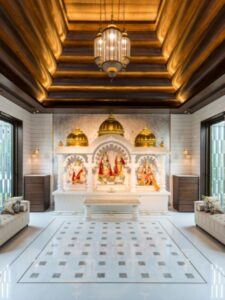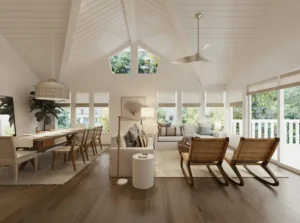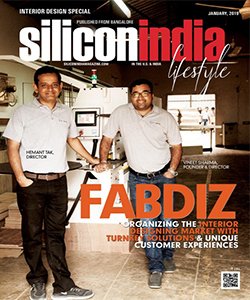In the vast landscape of interior styles, where trends come and go, industrial stands unapologetically raw and authentic—a rebel in the world of polished aesthetics. Industrial interior design draws inspiration from the aesthetics of industrial structures, showcasing features like exposed pipes, raw concrete, metal accents, and brick walls. The essence lies in embracing materials in their most unrefined and rugged states, enhanced by sleek black detailing.
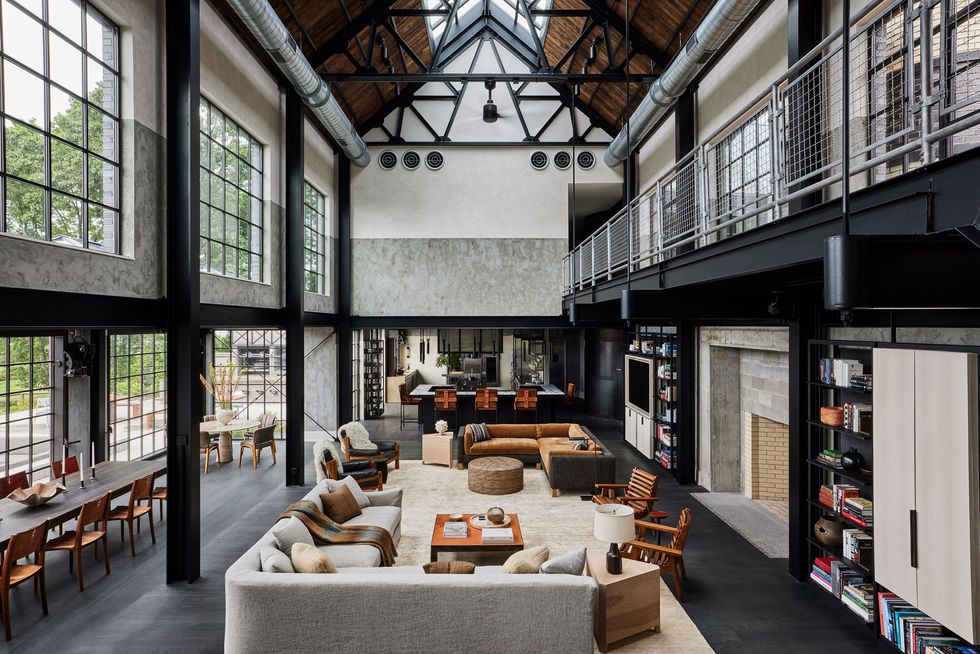
Industrial design style is not just a trend but a reflection of a fast-paced world where authenticity and rawness are valued. It resonates particularly with the contemporary lifestyle, evident not only in personal spaces but also prominently in modern office environments. The minimalist approach emphasizes the inherent beauty of natural and raw materials, while the incorporation of dark metals serves as a cohesive element, creating an environment that exudes both functionality and industrial charm. This design philosophy is not merely a preference but a testament to the appreciation of simplicity, authenticity, and the robust character found in the raw and rustic.
What We'll Cover
ToggleWhat Is Industrial Interior Design?
Industrial interior design is a style that draws inspiration from the rugged aesthetics of industrial spaces, such as factories and warehouses. It emphasizes the use of raw and utilitarian elements to create a unique and edgy atmosphere. Key features include exposed pipes, unfinished brick walls, metal beams, and concrete surfaces, all left in their natural state. The design often leans towards minimalism, utilizing the inherent beauty of materials without excessive embellishments.
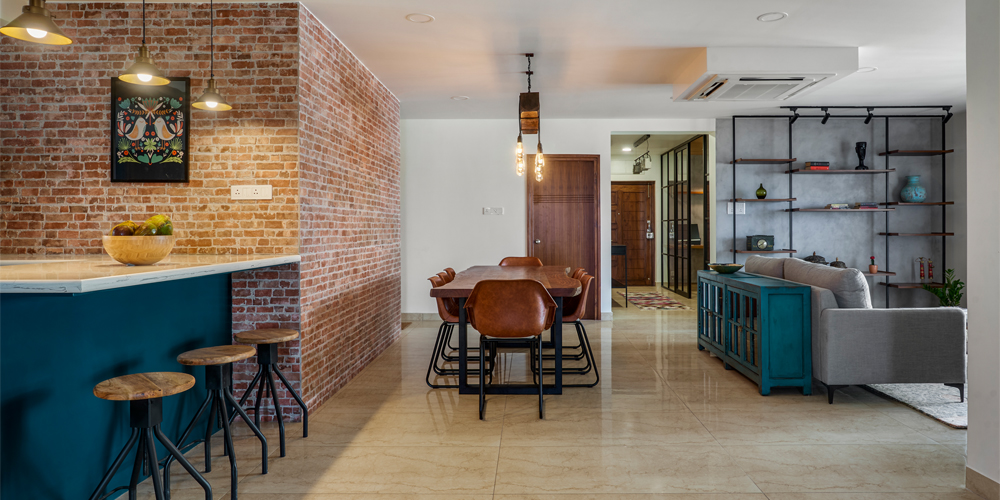
The use of dark metals, like steel and iron, is a common thread in industrial design, providing a cohesive and grounding element to the overall look. This style showcases a preference for functionality and simplicity, reflecting the efficiency and practicality associated with industrial spaces.
Industrial interior design has transcended its roots in repurposed factories and manufacturing settings to become a popular choice for contemporary homes, offices, and commercial spaces. It represents a celebration of authenticity, showcasing the beauty found in the raw and unrefined aspects of materials and structures.
Evolution of Industrial Interior Design
Tracing the Roots of Urban Evolution
The roots of industrial interior design can be traced back to the mid-20th century when repurposing old factories and warehouses into living spaces gained popularity. As urbanization surged and industries evolved, the need for adaptive reuse of industrial spaces became apparent. Designers began to appreciate the raw, utilitarian beauty of these structures, leading to the amalgamation of industrial elements into interior design.
Exposed beams, metal surfaces, and untouched brick walls became not only functional but also aesthetic components of living spaces. Over time, this trend evolved into a distinct design style, embracing the unpolished charm of industrial environments. Today, industrial interior design stands as a homage to the bygone era of manufacturing, celebrating the history and authenticity embedded in the structures that once fuelled the industrial revolution.
Key Features of Industrial Interior Design
Architectural Skeleton for Industrial Interior Design
Let’s get into the foundational elements of industrial interior design, starting with the architectural skeleton. Characterized by high ceilings, tall windows, and an open layout, this design style prioritizes spatial planning and abundant natural ventilation. The industrial interior design philosophy revolves around spatial planning that not only embraces the grandeur of lofty ceilings but also capitalizes on abundant natural light through tall windows. The open layout serves as the canvas for industrial charm, allowing raw materials and utilitarian elements to take center stage in crafting a space that breathes with an authentic, uncluttered aesthetic.
Open Layout:

- Industrial interior design thrives on the concept of open spaces, where rooms flow seamlessly into one another without unnecessary partitions. This layout fosters a sense of airiness and freedom, allowing the industrial elements to command attention without obstruction.
- The open layout encourages connectivity and interaction within the space, making it ideal for social gatherings and collaborative work environments.
- To enhance the industrial aesthetic, consider maintaining exposed structural elements throughout the open layout, such as beams, columns, and ductwork, to showcase the building’s architectural character.
Framed Structures:
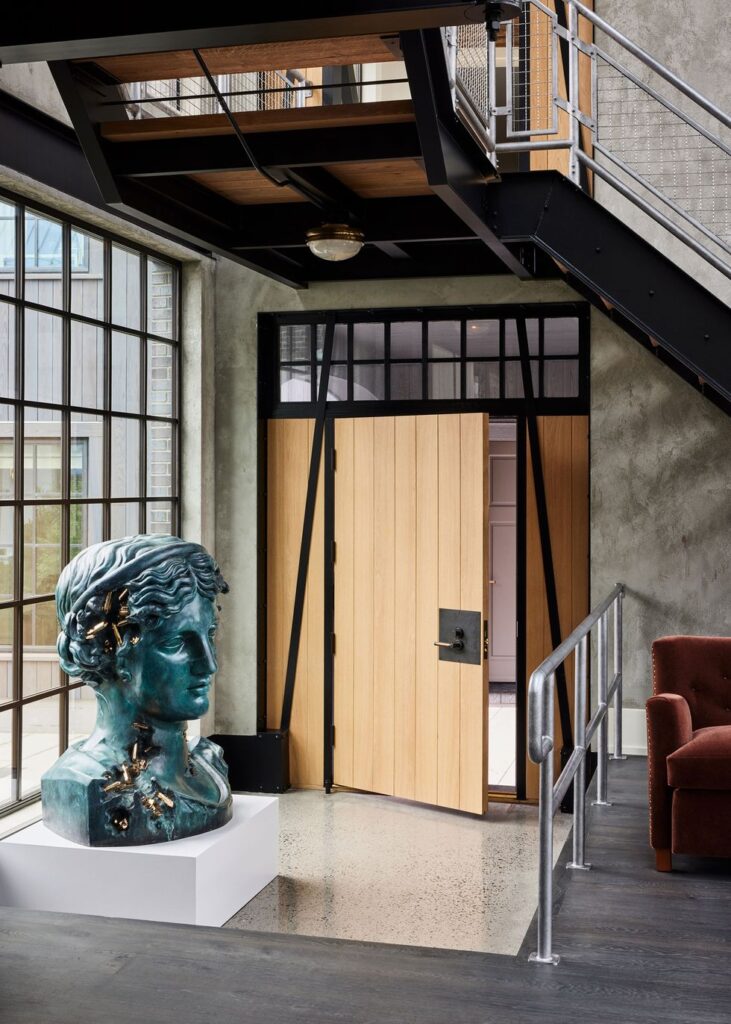
- In industrial interior design, framed structures refer to the visible framework of the building, often constructed from materials like steel or iron. These structural elements are left exposed to add an industrial edge to the space.
- Exposed steel or iron beams are a hallmark of industrial architecture and can be incorporated into the design to create a sense of raw authenticity.
- Framed structures serve as both functional supports and decorative features, contributing to the industrial aesthetic by highlighting the building’s skeletal framework.
High Ceilings and Tall Windows:
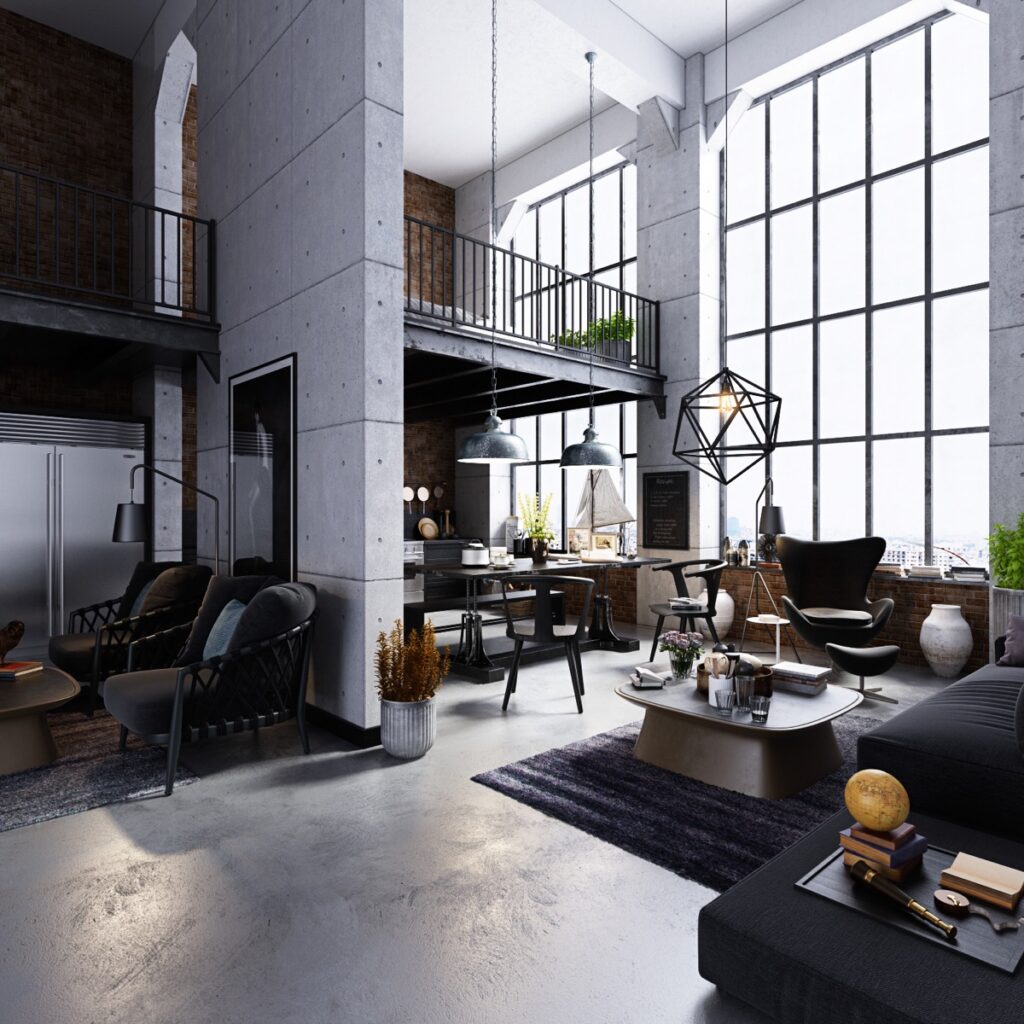
- High ceilings are a defining characteristic of industrial spaces, evoking a sense of grandeur and spaciousness. They provide ample vertical space for industrial lighting fixtures and accentuate the architectural scale of the interior.
- Tall windows are integral to industrial interior design as they allow abundant natural light to flood the space, creating a bright and airy ambiance. Additionally, they offer expansive views of the surrounding urban landscape, further connecting the interior with its industrial surroundings.
- When designing with high ceilings and tall windows, it’s essential to balance the scale of the space by incorporating largescale industrial furnishings and statement pieces that complement the verticality of the architecture.
Structural Embellishments
Having mapped out our architectural skeleton, open layouts, framed structures, lofty ceilings, and soaring windows, let’s now explore the finishing touches. These structural embellishments, from reclaimed wood to exposed brick, are the elements that give life to industrial interiors. As we layer them in, the space transforms into a fusion of textures and tones, weaving a tale of genuine authenticity and undeniable style.
Reclaimed Wood:
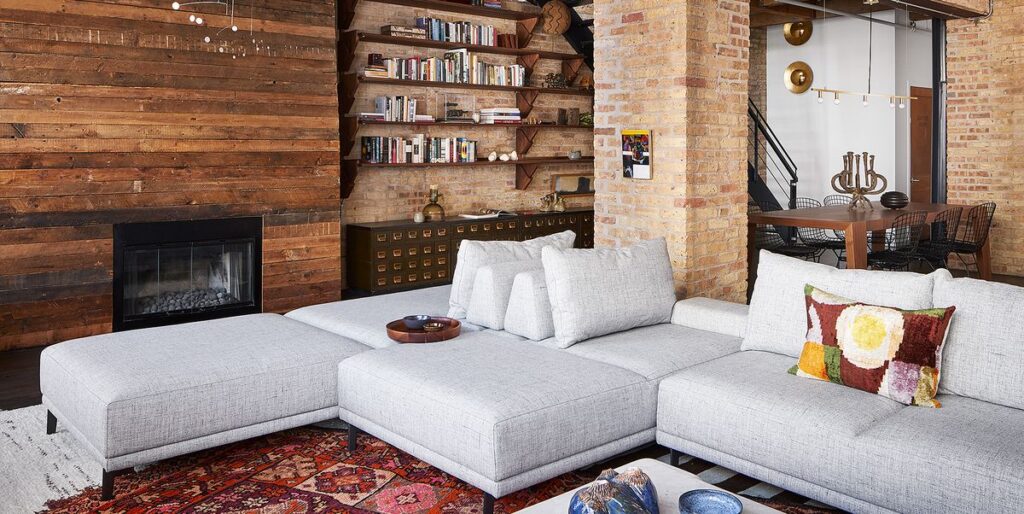
- Reclaimed wood adds warmth and character to industrial interiors, infusing a sense of history and sustainability. Whether used for flooring, furniture, or accent pieces, its weathered texture and unique patina bring a rustic charm that complements the industrial aesthetic.
- Incorporating reclaimed wood into the design pays homage to its previous life, creating a narrative of authenticity and environmental consciousness within the space.
Exposed Brick:

- Exposed brick walls are quintessential to industrial interior design, evoking an urban, warehouse-inspired atmosphere. They offer a raw and textured backdrop that adds depth and visual interest to the space.
- The weathered appearance of exposed brick lends a sense of history and industrial heritage to the interior, seamlessly blending with other raw materials like concrete and metal accents.
Concrete Finish:
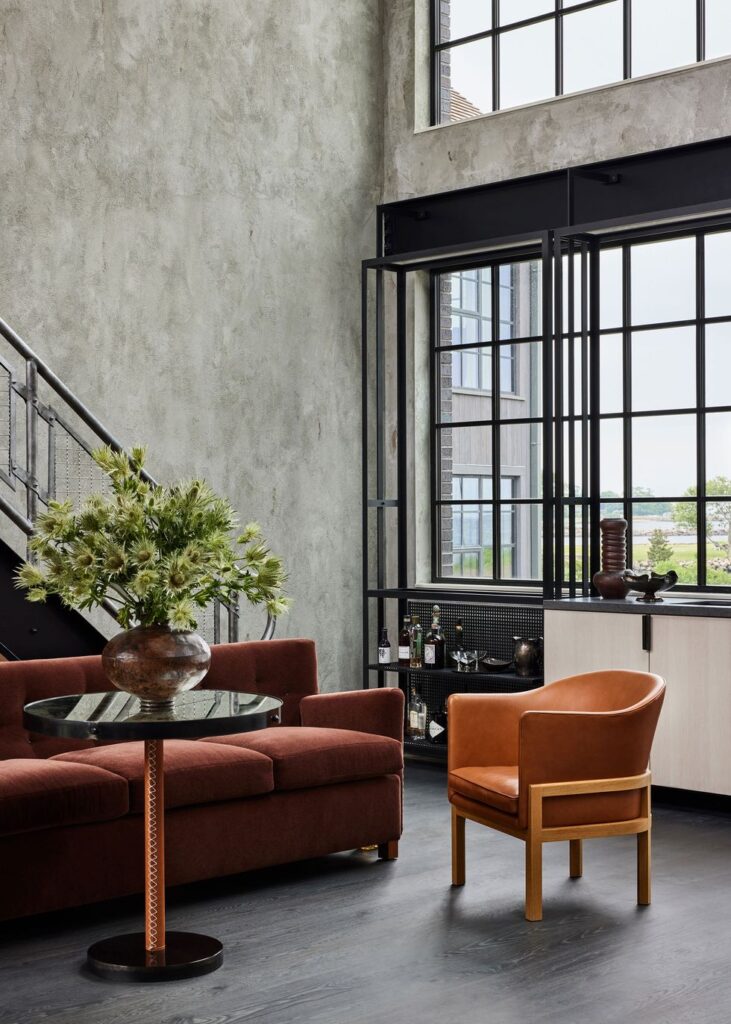
- Concrete finishes epitomize the industrial aesthetic, providing a sleek and minimalist backdrop with a touch of urban sophistication. Whether used for floors, walls, or countertops, concrete adds a contemporary edge while retaining its raw and utilitarian appeal.
- The industrial charm of concrete finishes lies in their versatility and durability, making them ideal for high-traffic areas and modern design schemes. Paired with other raw materials, concrete contributes to the overall industrial ambiance of the space.
Earthy Tones:
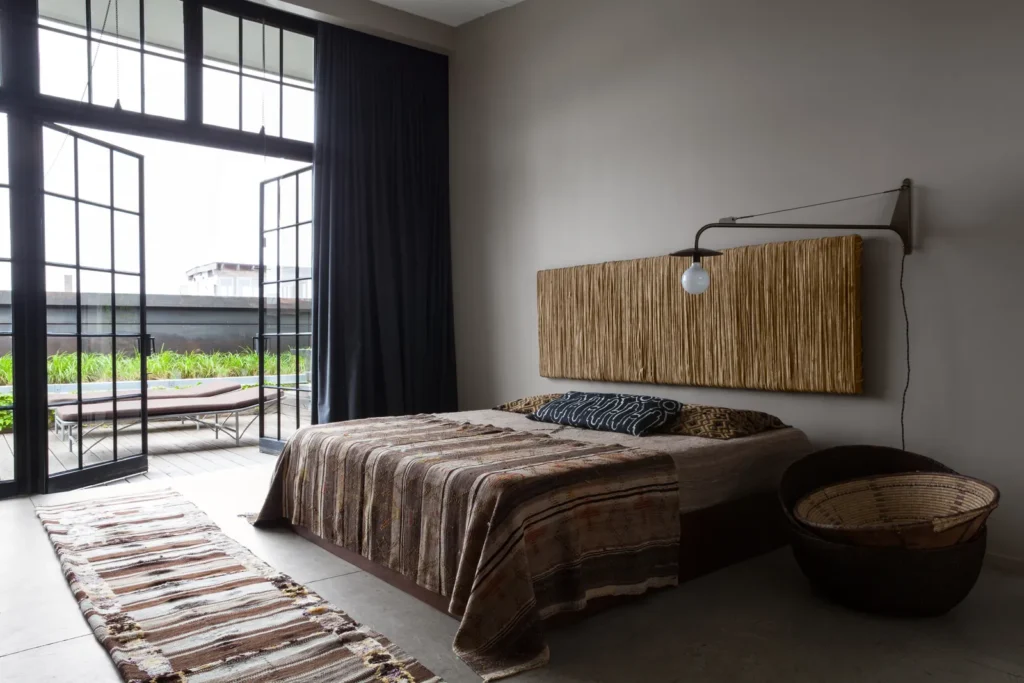
- Earthy tones play a crucial role in softening the industrial palette and adding warmth to the space. Shades like warm grays, browns, and muted greens create a sense of harmony and balance amidst the raw materials and metallic accents.
- By incorporating earthy tones through furnishings, textiles, and decorative elements, industrial interiors achieve a cohesive and inviting ambiance that feels grounded and connected to nature.
Metallic Accents:

- Metallic accents add a touch of industrial glamour and sophistication to the space, elevating the raw and rustic elements with a hint of shine. Materials like steel, iron, and copper are commonly used to introduce metallic accents through light fixtures, hardware, and decor.
- The juxtaposition of metal against raw materials like wood and concrete creates visual interest and depth, enhancing the industrial aesthetic while infusing a contemporary edge into the design.
Accentuate With Raw Details for an Rustic Industrial Style
After laying the foundation and adorning our space with structural embellishments, it’s time to amplify the industrial allure with raw detailing. These accents bring out the true essence of industrial design, adding depth and character to the space.
Exposed Ductwork and Ventilation Pipes:

- Exposing ductwork and pipes adds an element of rugged authenticity. The raw, utilitarian appeal of these elements becomes a focal point, celebrating the practical side of industrial design.
- Consider leaving ductwork and pipes exposed across ceilings, highlighting their form and function. The industrial charm lies in their unapologetic visibility.
Concrete or Metal Stairs:

- Stairs crafted from concrete or metal contribute to the industrial aesthetic, offering a blend of durability and sleek design. These statement stairs become functional art, connecting spaces with an edgy flair.
- Opt for stairs with a minimalist design, utilizing materials like concrete, steel, or iron. The simplicity enhances the industrial appeal while maintaining functionality.
Exposed Nuts and Bolts:
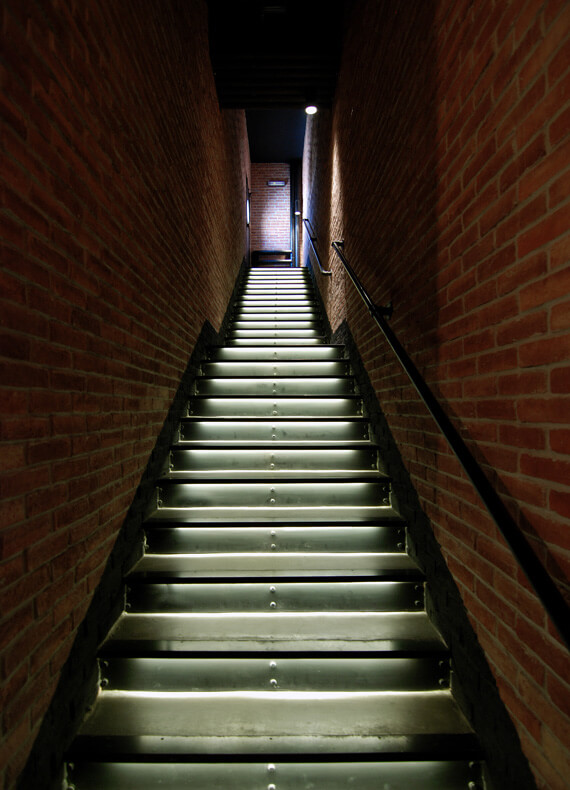
- Highlighting nuts and bolts as visible fasteners adds an industrial edge to furniture and fixtures. This intentional exposure of hardware reinforces the raw and unrefined charm associated with industrial design.
- Incorporate furniture or decor items where nuts and bolts are deliberately exposed, creating an industrial-inspired focal point. This approach infuses a sense of craftsmanship and authenticity.
Warehouse-Style Windows and Doors:
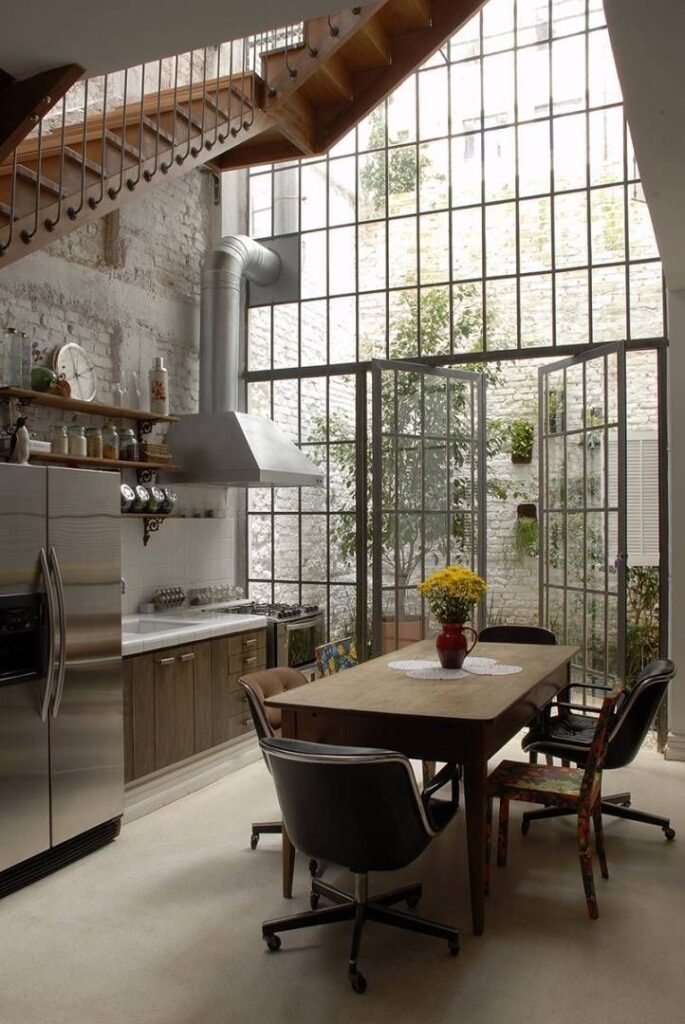
- Warehouse-style windows and doors feature large panes of glass framed by sturdy metal. These elements allow natural light to flood the space while embracing an aesthetic reminiscent of repurposed industrial buildings.
- Install windows and doors with black metal framing to maintain the warehouse-style look. The contrast between the metal and glass adds a touch of modern industrial elegance.
Industrial Style Furniture:
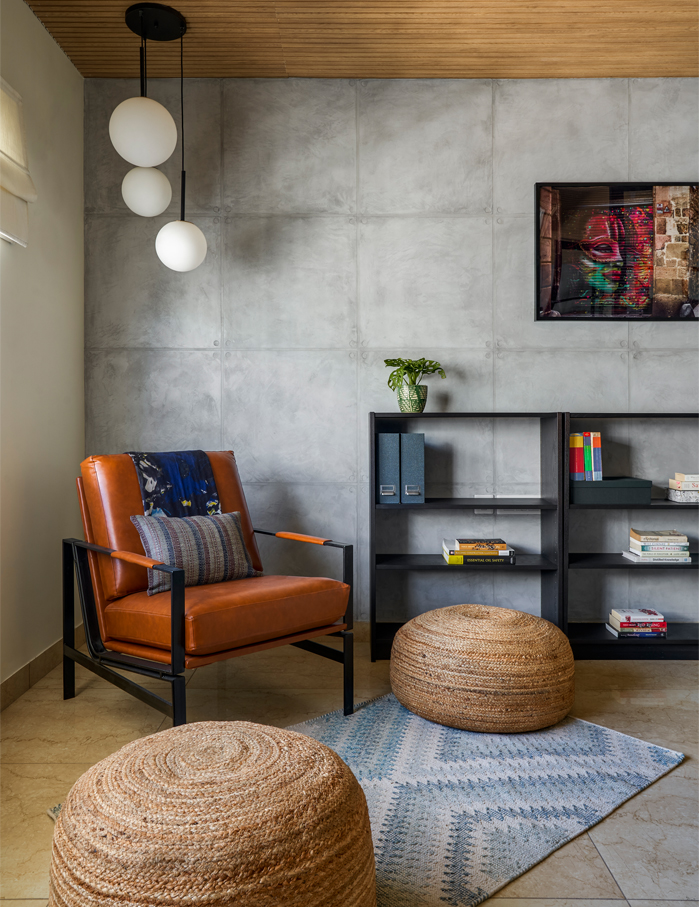
- Furniture in industrial design is characterized by a marriage of form and function. Think sturdy materials like metal and reclaimed wood, often featuring clean lines and a no-nonsense aesthetic.
- Choose furniture with a utilitarian vibe, such as metal-framed tables, distressed leather sofas, and reclaimed wood accent pieces. These elements tie the space together, embodying the essence of industrial style.
That’s a Wrap
In the domain of interior design, industrial style emerges as a captivating fusion of rugged charm and urban sophistication. As one steps into an industrial-inspired space, they’re enveloped in a narrative of authenticity and raw elegance. The architectural skeleton, defined by open layouts, high ceilings, and exposed structural elements, sets the stage for a journey through industrial chic. Meticulous details like exposed brick walls, weathered wooden beams, and industrial accents add character and history to the space, weaving a tapestry of industrial allure that is both intriguing and visually arresting.
Beyond the aesthetics, industrial interior design offers a peek into a lifestyle marked by functionality and simplicity. The intentional use of raw materials and utilitarian features adds depth to the design, speaking to the industrial heritage of the space. Warehouse-style windows flood the interiors with natural light, creating a welcoming and airy ambiance. Industrial style transcends fleeting trends, offering a timeless aesthetic that celebrates the beauty of authenticity in a world where imperfections are embraced, not hidden.
FAQ’s
Industrial Interior Design is a style that takes inspiration from industrial spaces, emphasizing raw and utilitarian aesthetics. It features elements like exposed brick, concrete finishes, and metal panels, creating an atmosphere reminiscent of warehouses and factories.
Achieving an open layout in Industrial Interior Design involves minimizing physical barriers, opting for minimalistic furniture, and embracing architectural features such as exposed ceilings and metal frames. This design approach enhances the spacious and uncluttered feel of the space.
Absolutely. Industrial Interior Design is adaptable to residential spaces, offering an urban and stylish aesthetic. By integrating industrial materials, vintage furniture, and earthy tones, one can create a unique and inviting atmosphere within a home setting.
Industrial Interior Design often utilizes a color palette dominated by earthy tones such as browns, grays, and muted colors. These colors complement the raw and industrial materials, contributing to a cohesive and warm ambiance within the space.
Mixing industrial design with other styles involves finding a balance between key elements. Incorporate industrial materials, metal accents, and industrial lighting while respecting the characteristics of the chosen style, whether it’s modern, vintage, or eclectic. This fusion creates a unique and personalized design.
Furniture in Industrial Interior Design typically features clean lines, metal frames, and a minimalist aesthetic. Vintage or repurposed furniture adds character, while industrial shelving provides functionality and complements the overall design theme.
Yes, Industrial Interior Design is adaptable to smaller spaces. Choose multi-functional furniture to maximize utility, utilize vertical space with open shelving, and enhance the perception of openness by maximizing natural light. These strategies maintain the industrial aesthetic while optimizing functionality.
Adding warmth to an industrial-style space involves incorporating elements like reclaimed wood, vintage textiles, and rugs with warm tones. These additions introduce textures and colors that soften the overall aesthetic, creating a more inviting and comfortable atmosphere.
Creatively using industrial elements in interior design includes experimenting with exposed nuts and bolts, integrating warehouse-style windows, incorporating industrial signage, and adding steampunk-inspired details. These creative touches provide a unique and eclectic character to the industrial space.
